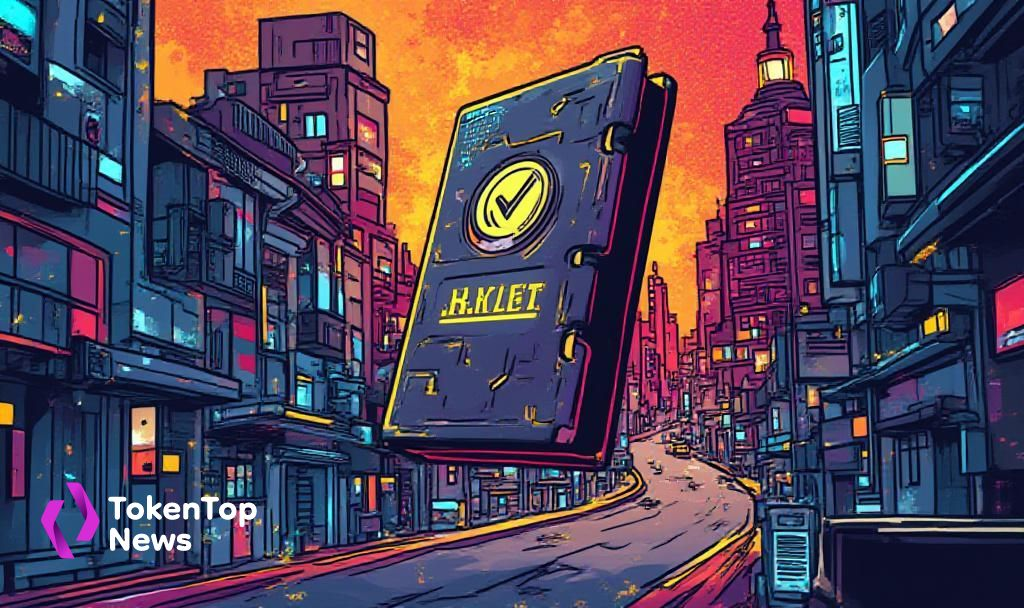Telegram Encrypted Wallet Debuts for 87 Million US Users
- Main event, leadership changes, market impact, financial shifts, or expert insights.
- Telegram introduces encrypted wallet for US users.
- Integrates seamlessly with TON blockchain inside Telegram app.

Telegram has launched its encrypted wallet service for 87 million users across the United States, utilizing The Open Network (TON) blockchain for seamless digital asset transactions.
The introduction of the Telegram encrypted wallet signifies a significant move in cryptocurrency accessibility, embedding blockchain into a mainstream application for wide user adoption.
Enhanced Digital Asset Management
Telegram’s new wallet feature allows users to manage cryptocurrencies within the app effortlessly. The service integrates with The Open Network, a blockchain designed by Telegram’s co-founder Nikolai Durov, enhancing digital asset management. Andrew Rogozov, CEO of The Open Platform, emphasizes the ease and security of using the wallet, highlighting that users maintain full control of their keys and cryptocurrencies, while performing transactions similar to sending a message. Rogozov stated, “With Wallet in Telegram, sending digital assets feels as simple as sending a message, no friction, no extra steps. At the same time, users stay in full control of their keys and funds. This isn’t just a wallet, it’s a gateway to a universe of Telegram apps powered by TON, right inside the messenger people use every day.”
Impact on Cryptocurrency Adoption
Industry experts foresee a positive impact on cryptocurrency adoption and market growth, predicting that such integrations could lead to broader acceptance of digital currencies among traditional users. The financial implications include potential increases in the use of cryptocurrencies like BTC, ETH, and TON, as these assets become more integrated into everyday applications such as Telegram.
Accelerating Mainstream Acceptance
The integration of cryptocurrencies into popular platforms like Telegram could accelerate mainstream acceptance of blockchain technologies and digital currencies, potentially prompting regulatory reviews. The move may result in a shift in cryptocurrency trading practices, signifying a move towards more user-friendly interfaces that reduce friction. Historical data suggests similar adaptations have led to increased market participation and digital asset utility.




